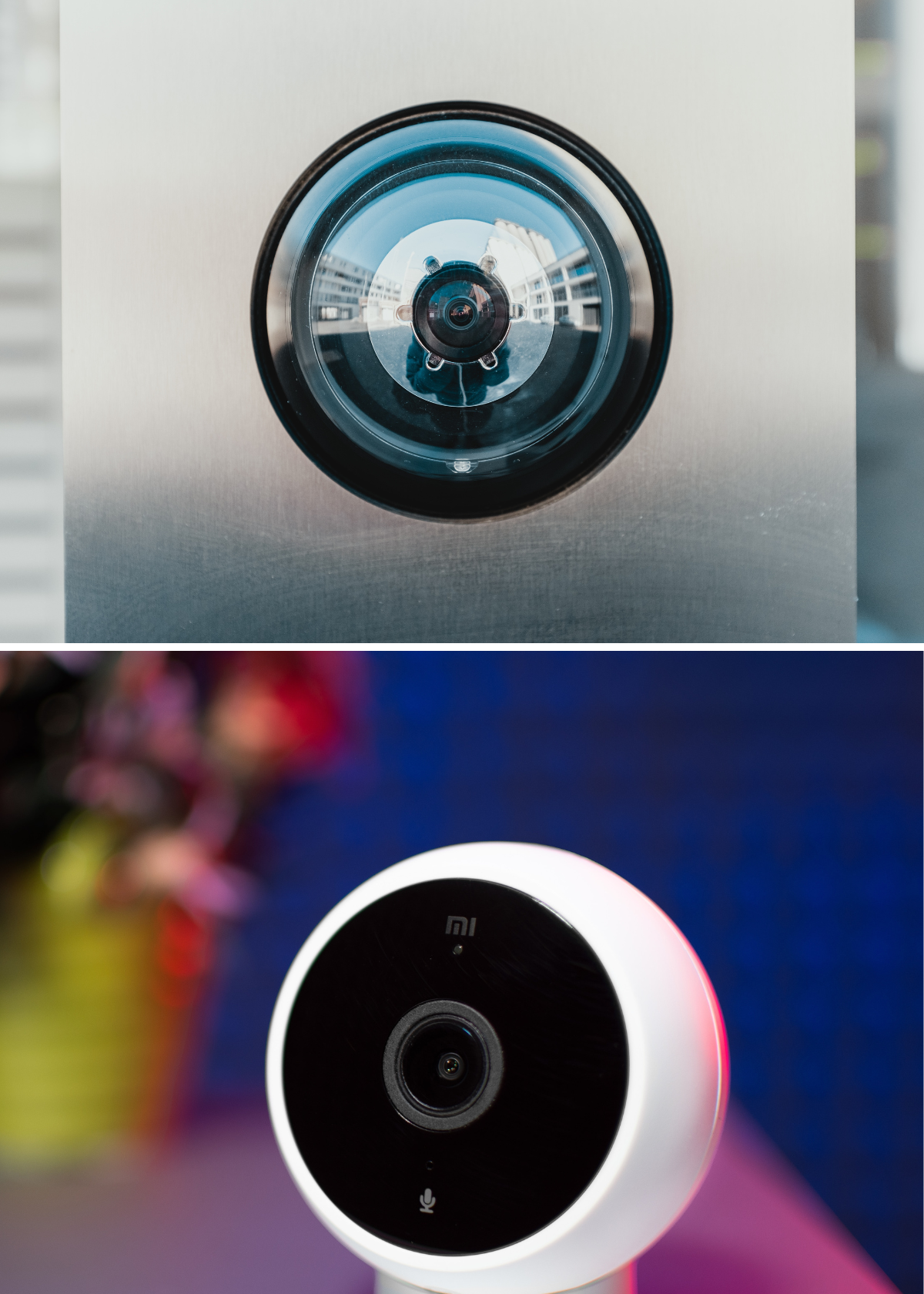The advent of the Internet of Things (IoT) has transformed the way we interact with technology, offering convenience and automation to our daily lives.
One of the remarkable IoT devices is the High-Definition (HD) Internet of Things (IoT) camera, which allows users to remotely monitor their homes, offices, and surroundings. While HD IoT cameras provide numerous benefits, their safety and security have been subjects of concern and debate.
This article aims to delve into the topic of HD IoT camera safety, examining the potential risks and proposing best practices for ensuring a secure and protected environment.
1. Understanding HD IoT Cameras
HD IoT cameras are advanced surveillance devices that connect to the internet, enabling users to access real-time video footage from any location with an internet connection. These cameras offer high-resolution imagery, enhanced night vision, two-way audio communication, and often integrate with mobile applications for seamless control and monitoring.
2. Potential Security Risks
1. Unauthorized Access: One of the primary concerns with HD IoT cameras is the risk of unauthorized access. If not adequately secured, malicious actors can gain access to the camera's feed, compromising users' privacy and safety.
2. Data Breaches: Data breaches are another major security threat. HD IoT cameras store video footage, and if the data is not adequately protected, it can be vulnerable to hacking, leading to potential misuse or leakage of sensitive information.
3. Device Vulnerabilities: Many HD IoT cameras have firmware and software that require updates to patch security vulnerabilities. Failure to apply updates promptly could leave the device exposed to exploitation.
4. Manufacturing Defects: Low-quality or poorly designed HD IoT cameras might have inherent security flaws, making them more susceptible to cyber-attacks.
5. Privacy Concerns: HD IoT cameras installed in private spaces may inadvertently capture sensitive information, leading to privacy concerns for occupants or visitors.
3. Enhancing HD IoT Camera Security
1. Strong Password Protection: Always set strong, unique passwords for HD IoT cameras and their associated accounts. Avoid using default passwords provided by the manufacturer, as they are easily guessable by attackers.
2. Multi-Factor Authentication (MFA): Enable MFA for all accounts associated with the HD IoT camera. MFA adds an extra layer of security, making it more challenging for unauthorized users to gain access.
3. Regular Firmware Updates: Stay up-to-date with the latest firmware and software updates provided by the manufacturer. These updates often address security vulnerabilities, improving the camera's overall security.
4. Secure Network Configuration: Place the HD IoT camera on a secure and separate network to minimize the risk of unauthorized access to other connected devices.
5. Encryption: Ensure that the camera's data transmission is encrypted using protocols like HTTPS to prevent interception and unauthorized viewing of data.
6. Disable Remote Access: If remote access is not essential, disable it to reduce potential attack vectors.
7. Regular Auditing: Periodically review camera access logs and connected devices to identify any suspicious activity.
4. Protecting Privacy
1. Choose Camera Locations Wisely: Be mindful of the camera's placement to avoid inadvertently capturing private areas or sensitive information.
2. Use Privacy Zones: Some HD IoT cameras offer the option to set privacy zones to block out certain areas from being recorded, enhancing privacy protection.
3. Inform Occupants and Visitors: If HD IoT cameras are installed in a shared space, inform occupants and visitors about their presence to maintain transparency.
5. Securing the Home Network
1. Router Security: Secure the home router by changing default passwords, enabling WPA3 encryption, and disabling remote administration.
2. Guest Network: Set up a separate guest network for visitors, isolating them from the primary network and connected IoT devices.
Conclusion:
HD IoT cameras can significantly improve home security and offer peace of mind to users. However, they also present potential security and privacy risks if not appropriately safeguarded.
By implementing best practices like strong passwords, regular updates, encryption, and prudent camera placement, users can enjoy the benefits of HD IoT cameras while minimizing the risk of unauthorized access and breaches.
Embracing these measures and staying informed about the latest security developments will ensure a safer and more secure IoT camera experience. Remember, being proactive about security is the key to a protected IoT environment.
Tap the GREEN button Below to see the Best HD OIT Cameras.








